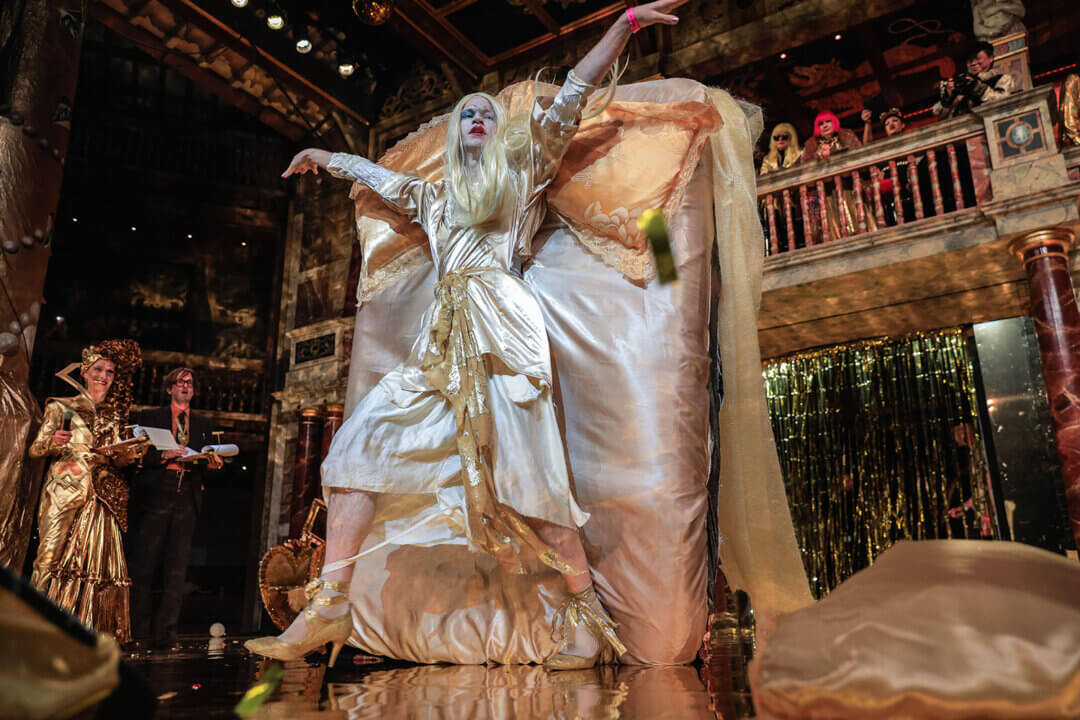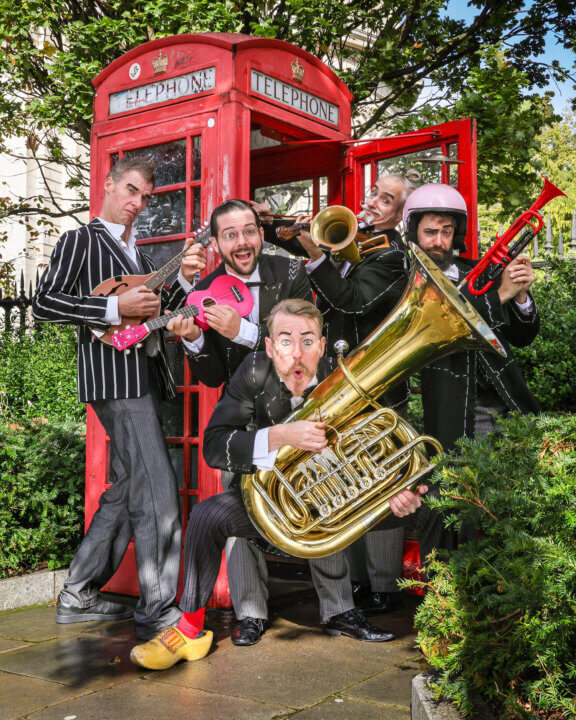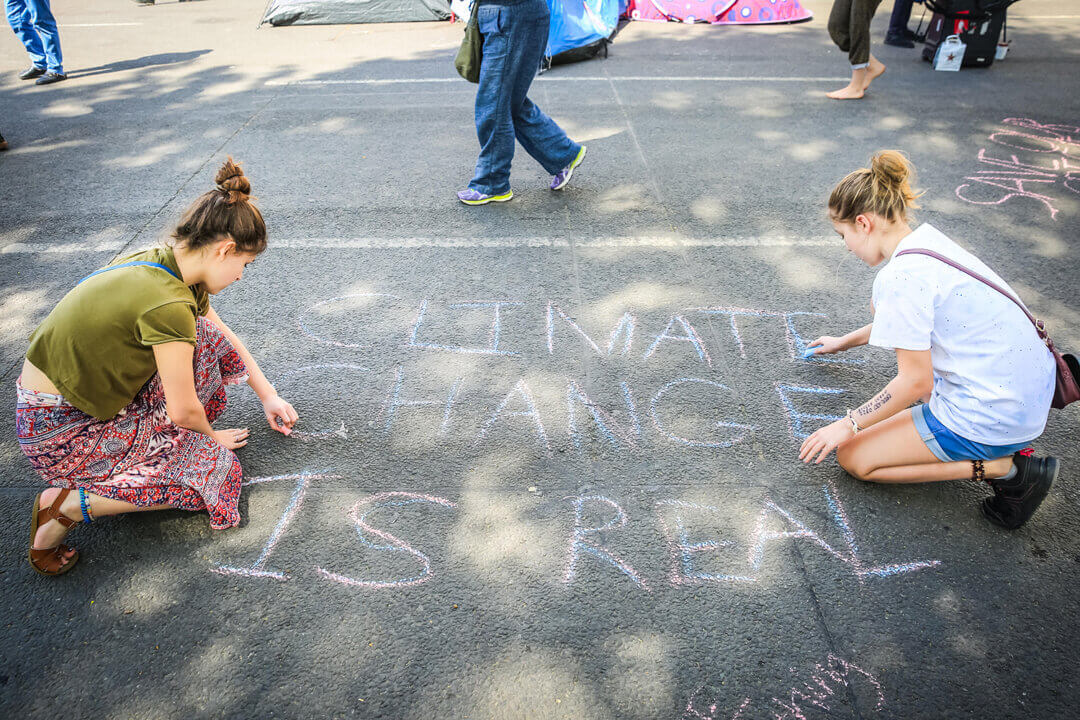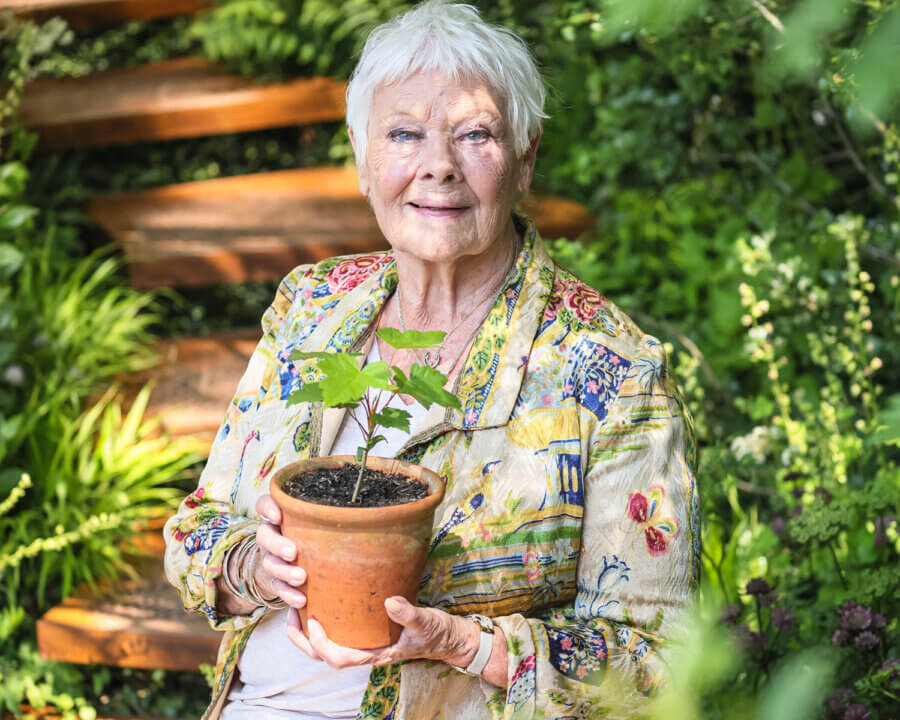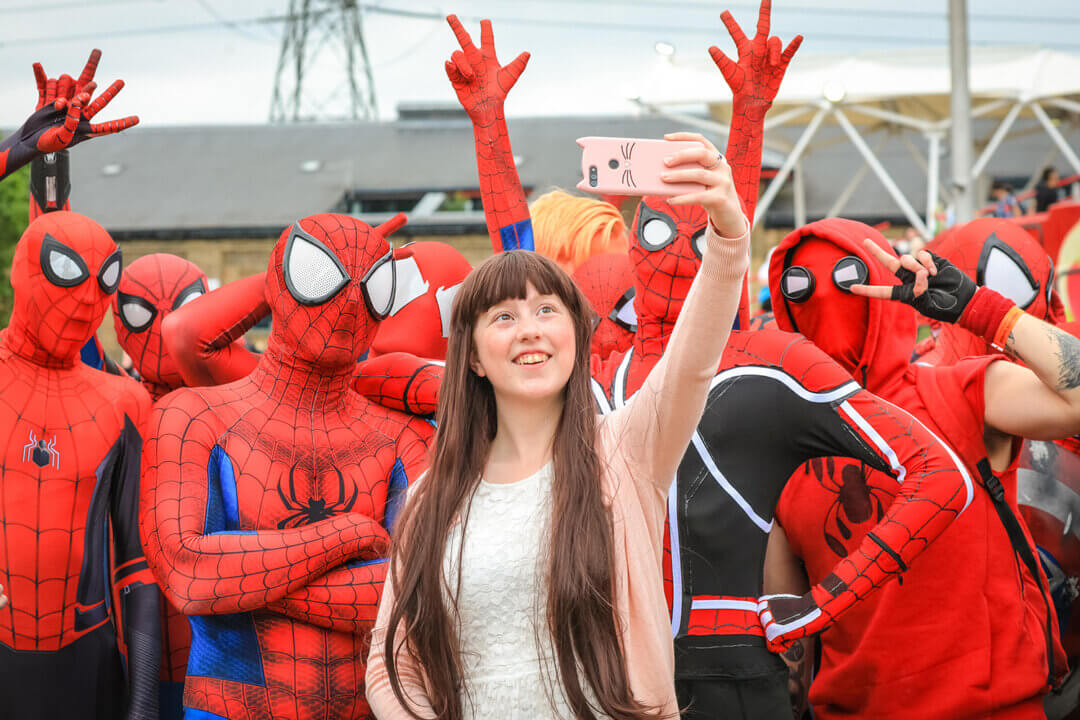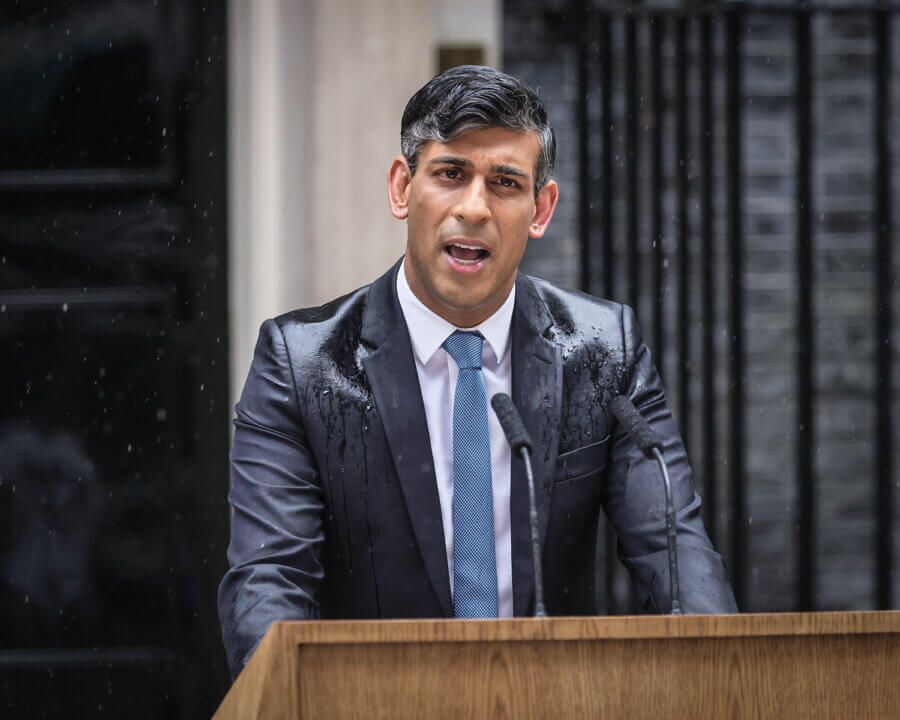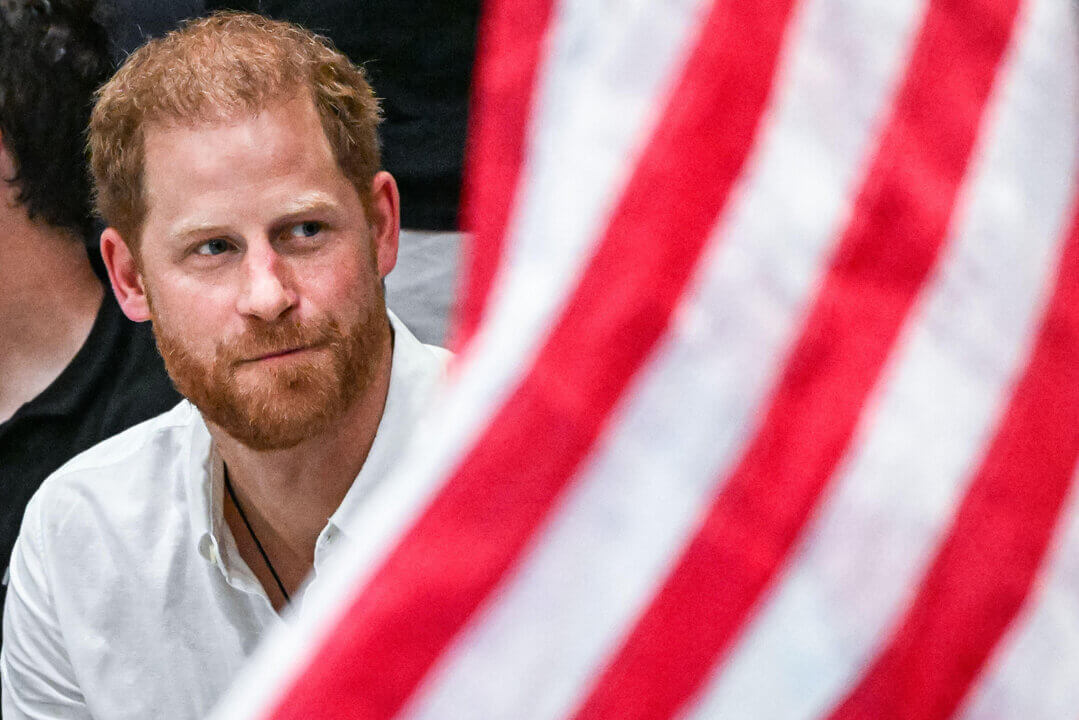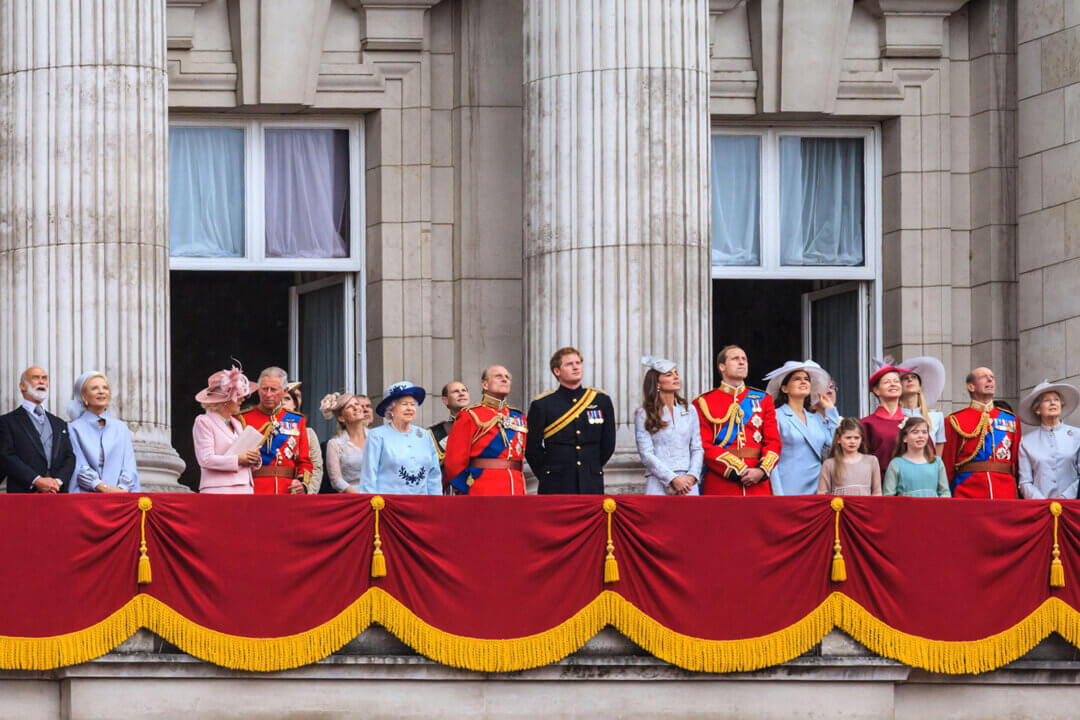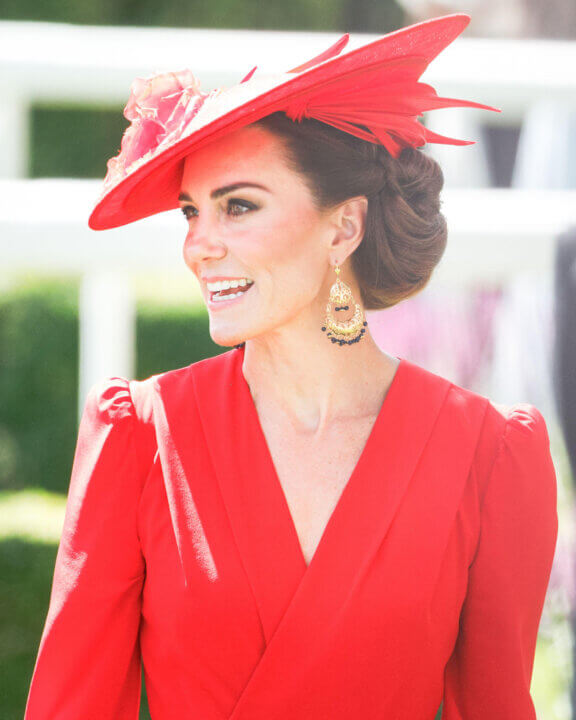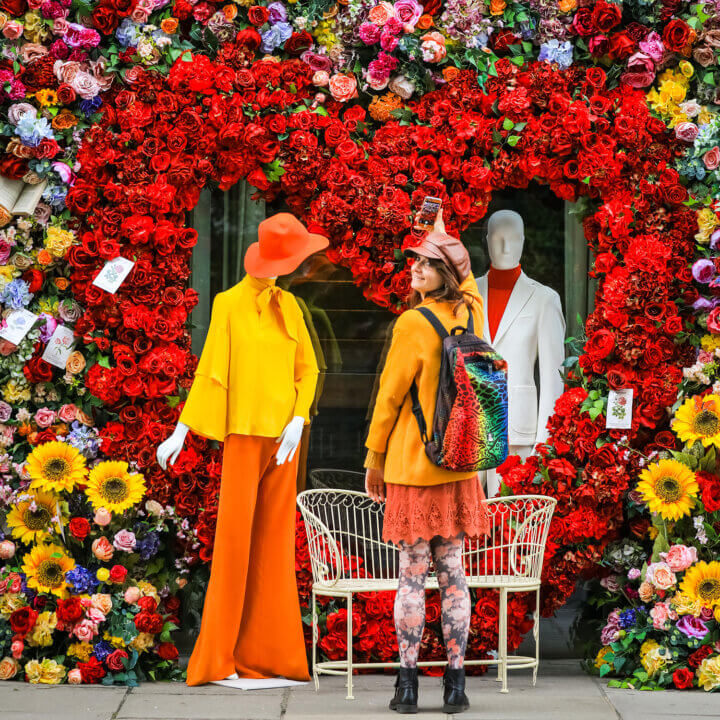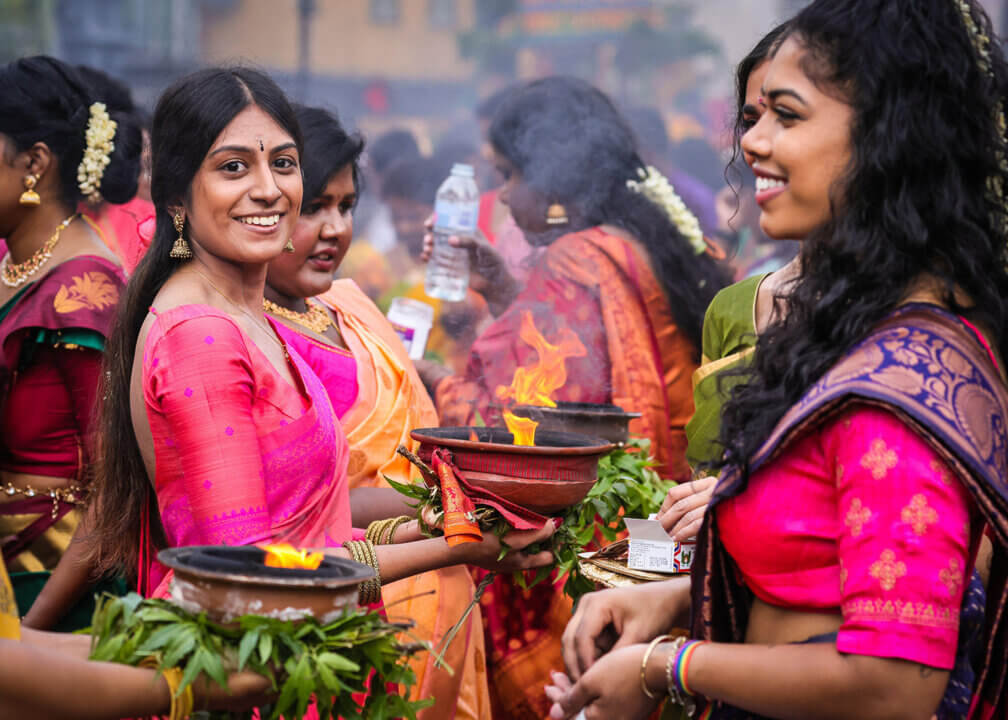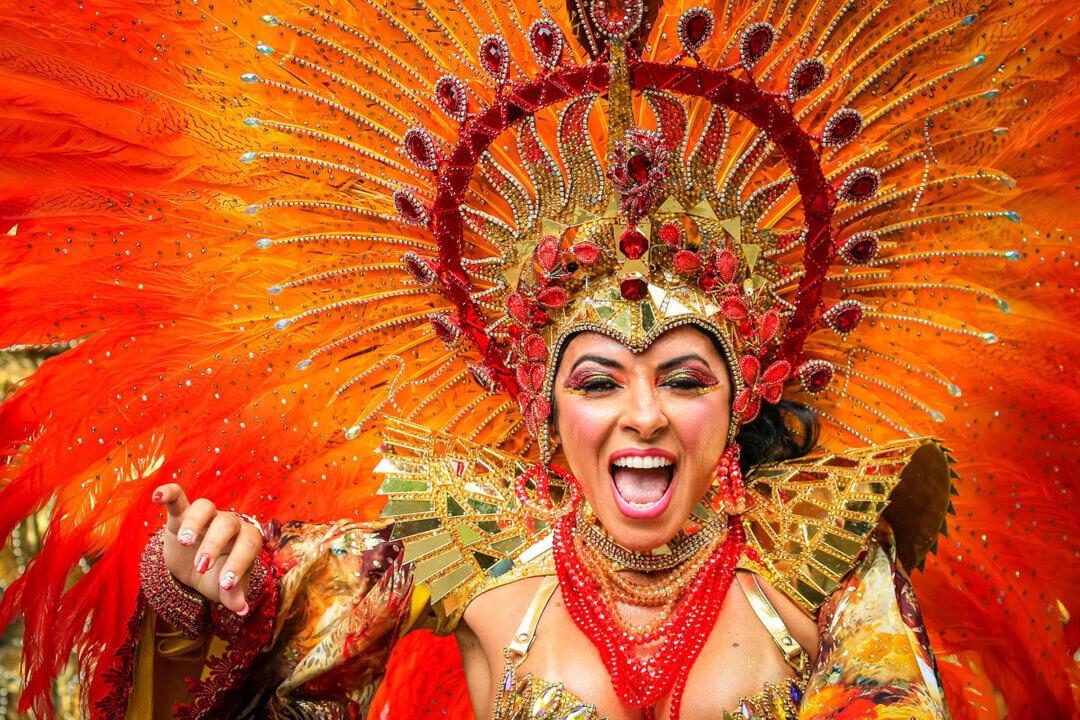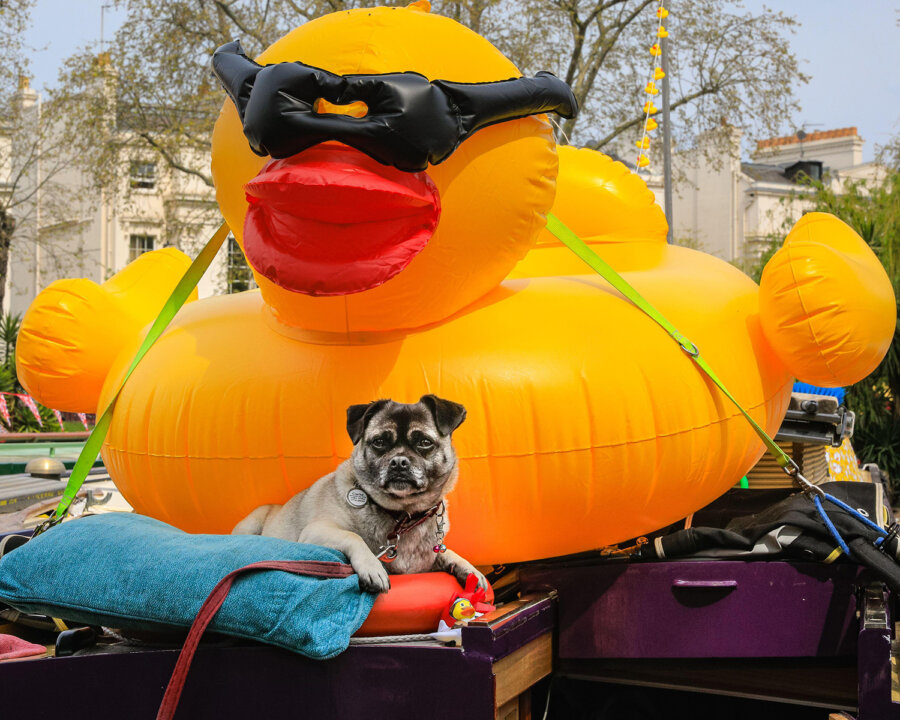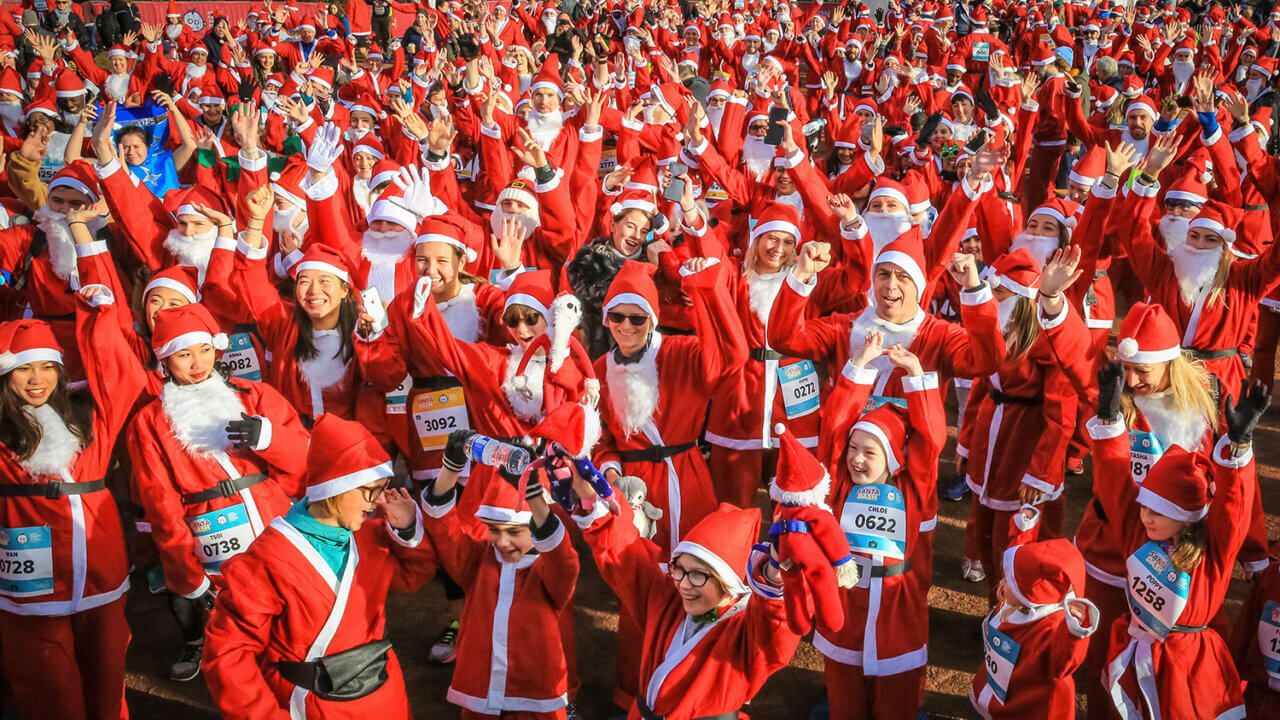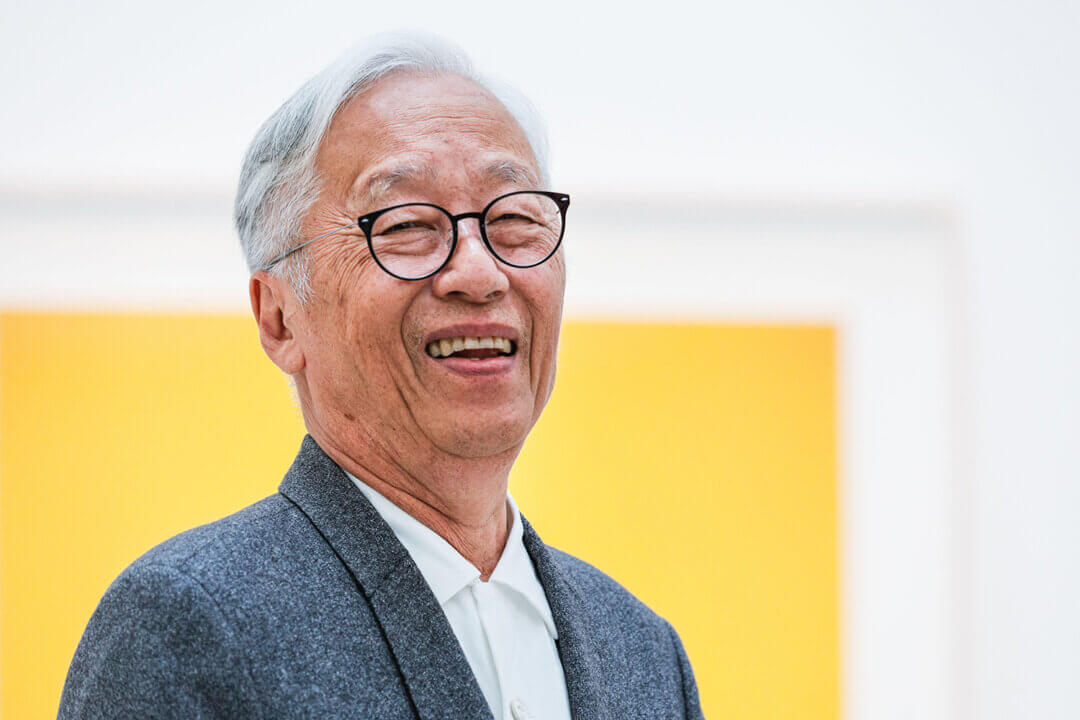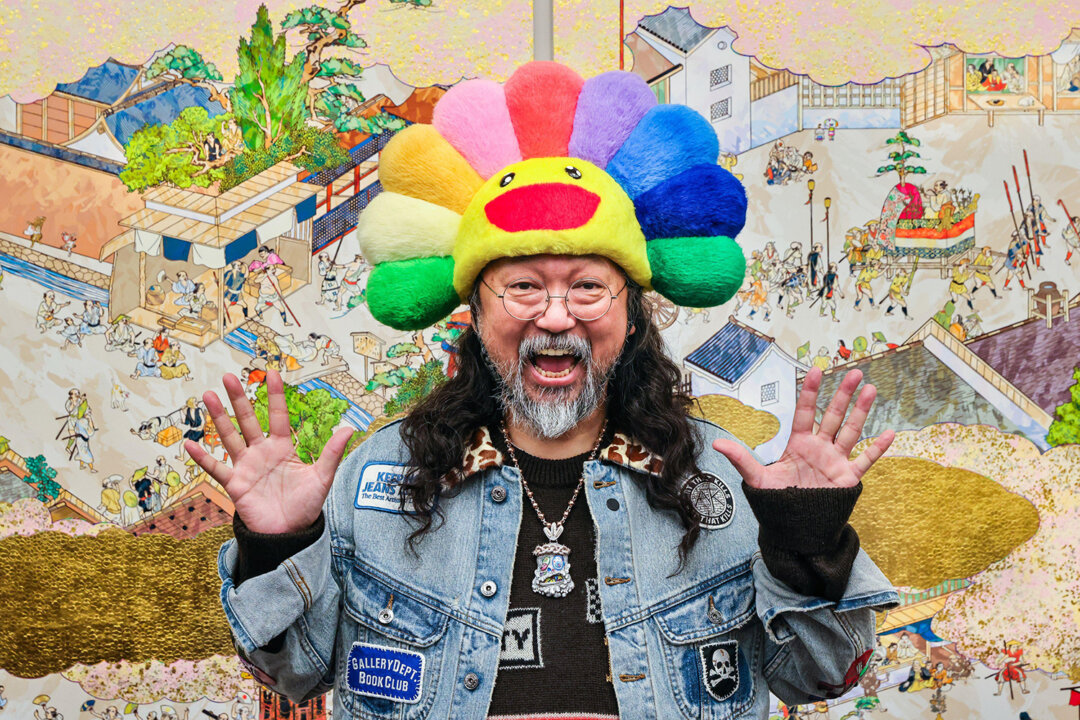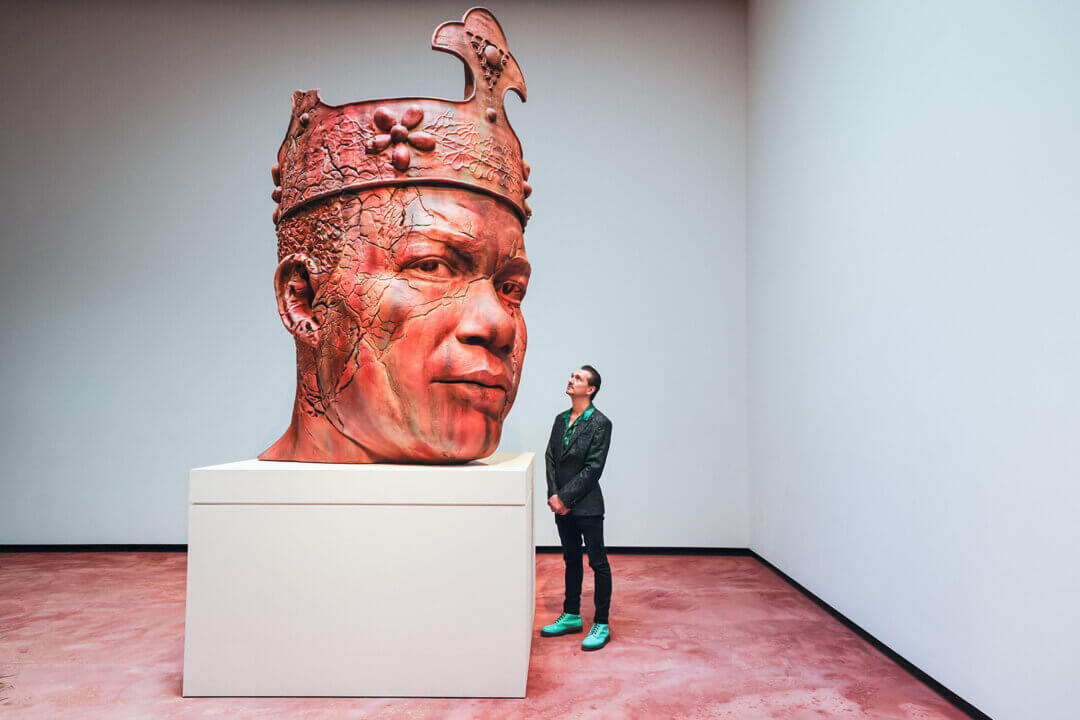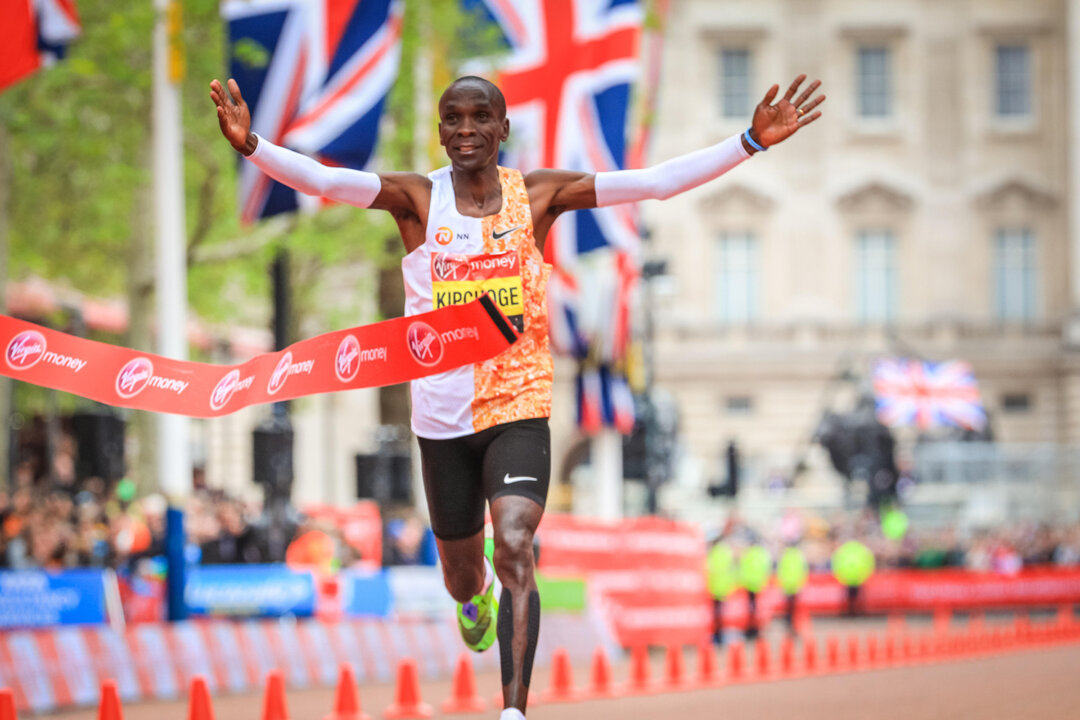For this month’s News, Sport and Entertainment spotlight we’re featuring UK-based photographer Christine Ongsiek also known as ImagePlotter. Her career spans a variety of different genres including news, politics, festivals and art exhibitions to name a few, with key events covered including the historic and moving lying-in-state of Queen Elizabeth II.
We caught up with Christine to find out how she became a photographer, what challenges she faces and what it’s like to be a female photographer in a male dominated industry.
LP: Please tell us a bit about yourself and what made you want to get into photography?
CO: My grandfather was a keen hobby photographer. He taught me the basics as a kid but also got me interested in ‘finding’ pictures, looking beyond the obvious, exploring themes and angles. I remember one day, he started to take one of his older cameras apart and then showed me how to assemble it again—it was fascinating to watch and learn how it all worked. I later joined after-school camera and darkroom club and started to use various darkroom techniques.
At University I became more drawn to moving images, working on feature films, music videos (it was the 1990s) and television productions throughout University, later interning with a broadcaster, training on broadcast cameras and editing.
I moved to London to finish a master’s degree, and worked in film productions for a few years, as well as continuing with photography. Eventually, I took a break from media, for, admittedly, higher salaries and better career opportunities in strategy consulting firms. A completely different field. Having a decent academic background and degree as a fallback really helped. But the interest in all things visual remained strong, photography has always been a great creative outlet for me. After over 10 years in consulting, I slowly made the move to full-time photography.
LP: What made you want to become a news and entertainment photographer, over other photography areas?
CO: Actually, I prefer to cover a broad range of genres: news photography with politics, current affairs, protests, events, but also lots of culture with festivals, art exhibitions, stage photocalls and a bit of entertainment. I love photographing people – all of these genres involve a human element, people from all walks of life, from heads of state and the Royals to celebrities and performers to regular members of the public. Close up or in a crowd, posed or candid – I love it.
In parallel, I’ve also done client photography right from the start, with many corporate shoots, events, editorial shoots as well as studio and exterior portrait photography. It’s good to stay flexible and be able to adapt to market demands.
LP: Do you have a favourite story that you have covered so far?
CO: Every day is a new adventure. A quiet day shooting portraits can be followed by a long and cold day standing on a ladder in Downing Street, waiting. I love the variety.
LP: What’s your go-to photography equipment?
CO: I’m a Canon shooter. The last few generations of the 5D series are still in the drawers as backup, now shooting on the R5 and soon adding the R5 II, plus canon L lenses. I usually carry 2 bodies and 2-4 lenses, plus laptop, flash etc. But equipment really is just one small aspect. Mirrorless pro cameras are very similar now, all have good and bad points, none are perfect. What matters is that whilst knowing your gear well is important, its key is to actually look around. Look for those shots, find an angle, ideally spot something that maybe (if you’re very lucky) the other 25 photographers don’t, frame it well and take the shot(s). They may not be technically perfect, lack of light, time, technical problems or other factors may mean an image is flawed, but a viewer’s eye (and those of many picture editors) may forgive these if the shot is interesting. Don’t just follow the herd and ‘snap’ along.
LP: What has been the most challenging news event you have covered?
CO: The London bombings and terror attacks and related events afterwards were tough to cover. The death of Queen Elizabeth was very moving. I covered the arrival of the procession at Parliament (where she laid in state) from a camera position inside Westminster Hall for an agency and when her coffin was carried in, the atmosphere was incredibly emotional. It’s harder to concentrate on taking images in these moments.
LP: Have you faced any challenges working in a male dominated industry?
CO: Every day. I’d love to say it was different. It is disheartening and very frustrating to see so little change, to fight against stereotypes other industries overcame decades ago. I can only encourage more women to move into these fields, make their voices heard and address the imbalance. It’s tough, but it needs to change. C’mon girls!
LP: What do you think is the best way to get your photos noticed by the media?
CO: Alamy does a lot of the hard work as far as the news side is concerned. I use social media to show some of the images and editors occasionally spot them, in addition, networking can help. Images that evoke emotions, show fun, fear, laughter, sadness, happiness, work best for that. Also – don’t be shy, talk to people, hand out business cards etc.
LP: Any advice for fellow photographers who would like to work within the (news) sector?
CO: Be prepared for a lot of unglamorous and physically tough work, long hours and an increasingly competitive environment, for colleagues not playing fairly and quality rarely being the deciding factor. Make sure you are financially secure and have a fallback. Invest in reliable gear. Find out what you truly love shooting, are good at. Enjoy!
We hope you enjoyed this month’s NSE Spotlight. To find out more about Christine you can visit her website here. Check out Christine’s full collection under the pseudonym ImagePlotter on Alamy here.
